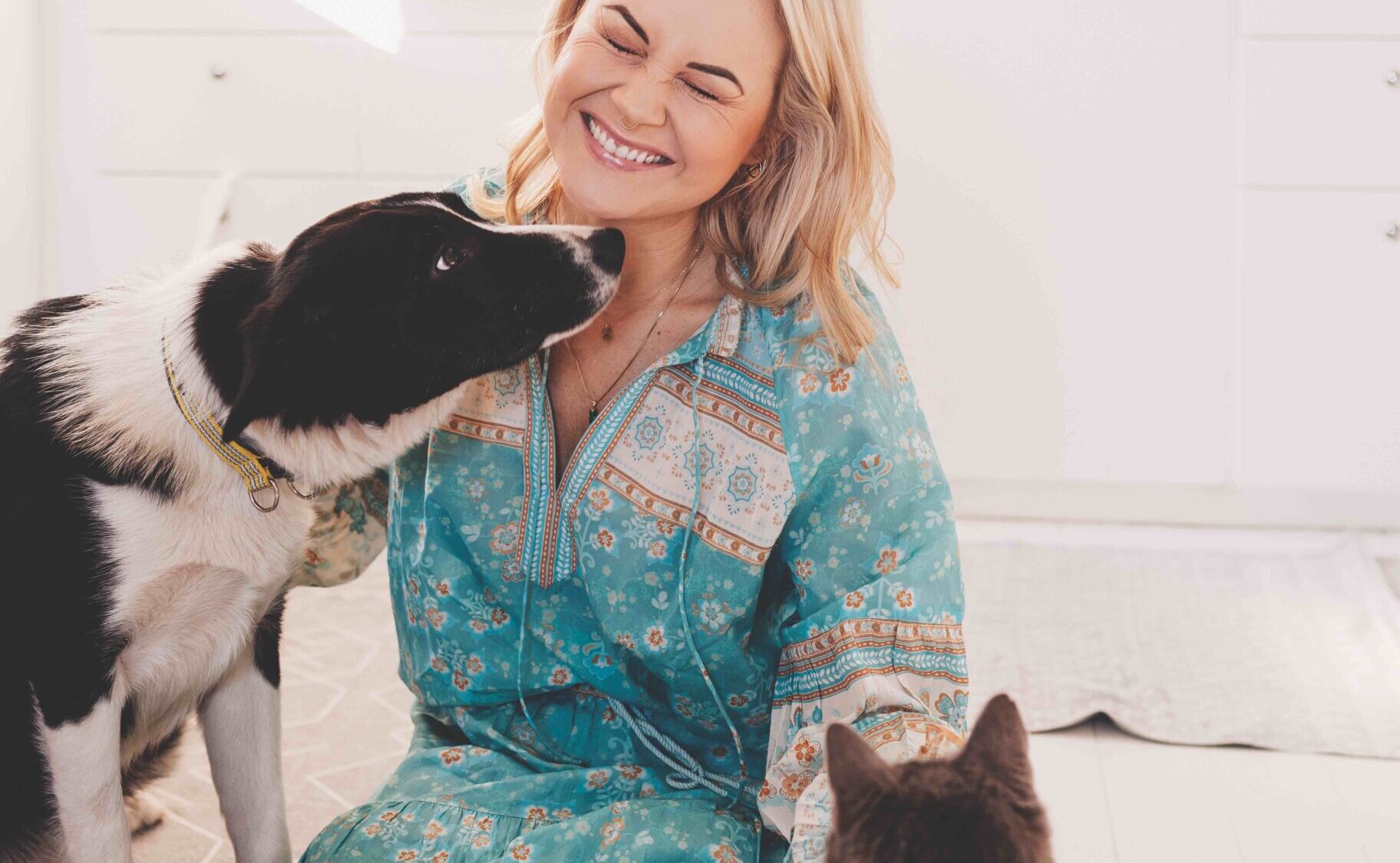Adding a new furry friend to your household can be exciting, but there’s also a lot that first-time cat and dog owners need to know. We’ve got you covered with this handy guide:
COMING HOME
Before bringing a pet home, remove any unsafe items from their living space. Dr. Karen Sheehan, clinical associate at the Western College of Veterinary Medicine at the University of Saskatchewan, points to many common items that can be toxic to animals. “Things like chocolate, grapes/raisins, compost, cannabis, rodenticides and some flowers,” Sheehan says. “One of the most common plant toxicities is lily ingestion in cats—even the water in a lily vase can be toxic.”
It may take time for your pet to become accustomed to his or her new home. Anxiety can manifest itself in many ways, including poor appetite, tummy upset, lethargy, hiding and cowering, crying, lack of eye contact and stiff posture. Some level of nervousness is normal, and an animal may need a quiet place to adjust for the first 24 hours, says Ottawa Valley dog whisperer Karen Rosenfeld, a holistic dog behaviourist. Puppies may find a spot to observe the household for a week or two before coming out of their shell. You can restrict your pet’s activity to one room to help with their transition.
SOCIALIZING
Help pets acclimate to the people, animals, places and things they’ll regularly interact with. “The use of food, praise and toys are invaluable for assuring a positive experience,” Sheehan says. “The socialization window for puppies is from three to 12 weeks, and three to nine weeks for kittens.” But, she cautions, young puppies, kittens and new adoptees that haven’t had their full vaccinations should socialize only with healthy pets whose shots are up to date.
TRAINING
Always start with the basics. Dogs will need to learn where they’ll sleep, what the feeding routine will be and the toys they are allowed to chew and wrestle with. “The use of positive reinforcement is paramount to success,” Sheehan notes. To house-train your pup, take them outside to the same spot or for a walk when they wake up and every few hours after that. After they relieve themselves, praise them and reward them with a treat.
The next steps are helping a dog learn to walk safely on a leash and how to meet new people and other dogs politely when they’re outside or at the vet or groomer. A new cat should be shown where her litter box is, where her food and water will be, and where her safe sleeping spots and scratching post are. Veterinarians, as well as other pet owners, are usually great resources for finding reliable pet trainers and classes in your neighbourhood.
FINDING A VET
Ask neighbours, friends and relatives who their veterinarian is and why they chose them. Veterinary designations or certifications may help you make a decision. For example, veterinary staff who are Fear Free certified have been trained in easing fear, anxiety and stress in pets. Your new pet should see a vet within the first week of being home with you. At this first visit, the veterinarian can assess overall health, including looking for congenital problems, dental health and bite, and palpating the abdomen. You may be asked to take a fecal sample to the first appointment so that it can be checked for parasites. Puppies and kittens are routinely dewormed every two weeks until 12 weeks of age. Puppies should receive monthly parasite prevention thereafter.
It’s recommended pet dogs and cats in Canada be vaccinated against rabies. Both dogs and cats require additional immunizations to protect them, and depending on lifestyle and exposure, there may be other necessary vaccinations to speak with your vet about. A pet’s lifestyle, age and activities will determine how often they should see the veterinarian, with healthy pets visiting once or twice annually.
PROTECT YOUR PET
Emergencies, injuries and critical or severe illnesses unfortunately can happen and are not easy to predict or plan for. Pets can suffer from many of the same injuries and medical conditions that afflict their human owners, including glaucoma, heart disease, dental disease and broken bones. Pet insurance can do more than alleviate the cost of emergencies or expensive procedures that your cat or dog may require, it can also ease stress during an emotional time if your pet is ill or has had a serious accident. With today’s advanced procedures, like ultrasounds, MRI, endoscopy and hip replacements being commonplace in veterinary medicine, pet insurance is a necessity. As Dr. Sheehan says: “It can be lifesaving, but like any other insurance, the owner needs to understand the benefits and limitations of their policy.”
